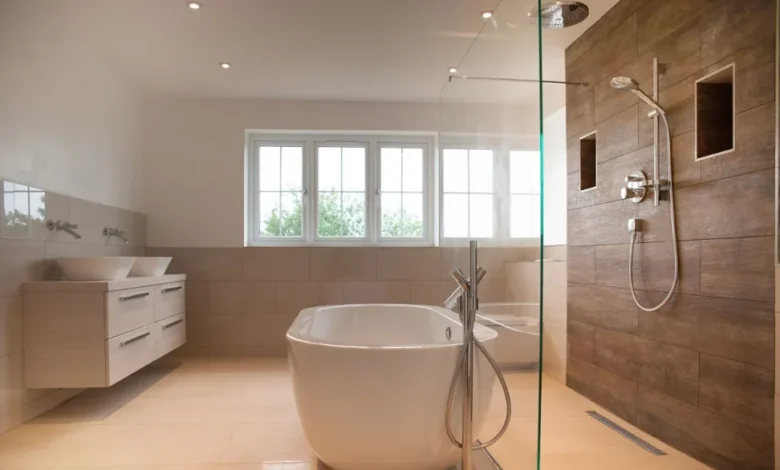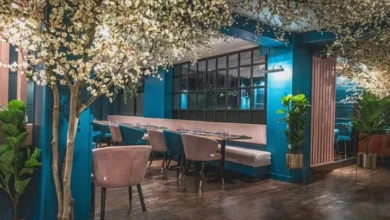Everything to Think About Before Getting a Wet Room Installed

Wet rooms have become a popular choice in modern homes, offering a sleek, minimalist look and improved accessibility. However, installing a wet room requires careful planning and thought to make sure it meets your needs and functions correctly. This is what you need to think about before getting a wet room installed.
- Purpose and Usage
First, consider the primary purpose of your wet room. Is it for a family bathroom, an en-suite, or a guest bathroom? The usage frequency and the users’ needs will influence the design and materials used. For instance, if it’s intended for older adults or individuals with mobility issues, incorporating non-slip flooring and grab bars is essential.
- Space and Layout
The available space significantly impacts the feasibility and design of your wet room. While wet rooms can be installed in smaller spaces, they require careful planning to avoid water splashing onto non-waterproof areas. Ideally, a wet room should have at least 1.5 square meters of floor space. Ensure the layout allows for easy movement and includes storage solutions to keep the area clutter-free.
- Waterproofing
Proper waterproofing is so important to stop water damage and leaks. This involves tanking the walls and floors, which means applying a waterproof membrane to create a watertight seal. Ignoring this step can lead to costly repairs and structural damage. Hiring a professional like those at beautifulbathroom.net who have experience in wet room installations can ensure the waterproofing is done correctly.
- Drainage
Effective drainage is vital in a wet room to stop water pooling and ensure quick drying. The floor must be sloped towards the drain, typically at a gradient of 1.5-2%. Choose a high-quality drain system, such as a linear drain or a central point drain, depending on your aesthetic preference and practical needs.
- Ventilation
Good ventilation is essential to prevent mold and mildew buildup in a wet room. Consider installing an extractor fan with a timer or humidity sensor to maintain air quality and keep the room dry. Adequate ventilation will also prolong the life of your fixtures and fittings.
- Heating
Wet rooms can be cold due to the presence of water and the absence of a traditional shower enclosure. Underfloor heating is a popular choice as it keeps the floor warm and helps evaporate water, reducing slip hazards. Alternatively, consider heated towel rails or wall-mounted heaters.
- Flooring and Wall Materials
Choosing the right materials for flooring and walls is crucial for safety and longevity. Opt for slip-resistant tiles or vinyl flooring designed for wet areas. Wall materials should be waterproof and easy to clean, such as ceramic tiles or waterproof panels. Ensure all materials are durable and resistant to moisture.
- Fixtures and Fittings
Select fixtures and fittings that are suitable for wet environments. Stainless steel or chrome-plated fittings are resistant to rust and corrosion. Consider a wall-mounted toilet and basin to make cleaning easier and prevent water accumulation around the bases.
- Budget
Installing a wet room can be more expensive than a traditional bathroom due to the need for specialized materials and labor. Set a realistic budget that includes waterproofing, drainage, ventilation, heating, and high-quality fixtures. Factor in potential additional costs for unforeseen issues during installation.
- Professional Installation
While DIY projects can be tempting, wet room installations are complex and require professional expertise. Hiring a reputable contractor ensures the work meets building codes and standards, reducing the risk of future problems.



